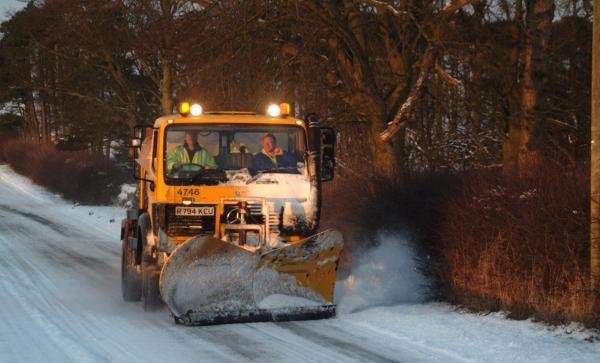This year, winter might come unexpected, so AAA recommends drivers to be prepared. As you cannot be sure when the first snow strikes, you and your vehicle should be prepared. You should always check the weather conditions, allow extra time to reach your destination and in case it snows, only drive if you have to.
As the temperatures are getting lower and lower, it wouldn’t hurt gathering some emergency supplies in your car, like: a cell phone, boots, gloves, blanket, a "coffee can heater," flashlight and reflective triangle. In case you get stuck, you should remain in your vehicle and keep the engine running to keep warm. Always make sure that the exhaust pipe is not stuck in the snow.
When driving in the winter, you should follow these tips:
In order to keep your car running in the cold weather, you should do the following:
As the temperatures are getting lower and lower, it wouldn’t hurt gathering some emergency supplies in your car, like: a cell phone, boots, gloves, blanket, a "coffee can heater," flashlight and reflective triangle. In case you get stuck, you should remain in your vehicle and keep the engine running to keep warm. Always make sure that the exhaust pipe is not stuck in the snow.
When driving in the winter, you should follow these tips:
- Before starting out in snowy weather, take time to remove the snow
- from the entire car so it doesn't blow onto your windshield or the
- windshields of other drivers. Make sure your mirrors and lights are clean.
- Drive with your low-beam headlights illuminated.
- Watch for icy surfaces on bridges and intersections, even when the rest of the road seems to be in good condition.
- Look farther ahead in traffic. Actions by other drivers will alert you to problems and give you extra seconds to react.
- When changing lanes, avoid cutting in front of trucks, which need more time and distance than passenger vehicles to stop.
- Don't use cruise control in precipitation and freezing temperatures.
- Remember that four-wheel drive helps you to get going quicker, but it won't help you stop any faster.
- Apply constant, firm pressure to the pedal with anti-lock brakes.
In order to keep your car running in the cold weather, you should do the following:
- Check your battery strength. Faulty batteries cause more car starting problems than any other factor. At 0 degrees, a good battery has 35 percent less starting power.
- Park your car in the garage. If you have no garage, put a tarp over the hood or park protected from prevailing winds.
- Keep the fuel tank at least half-full to avoid fuel-line freeze-up.
